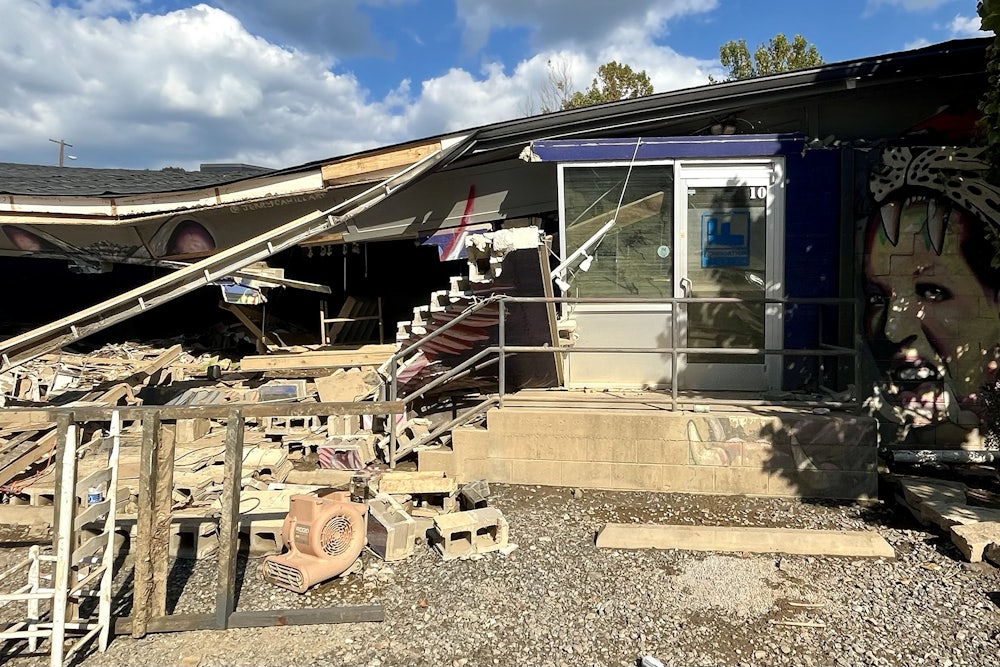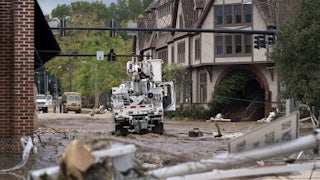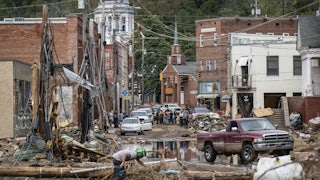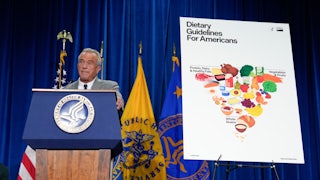Last Friday before dawn, I kept waking up to the sound of trees snapping like broken bones. Every so often, the house shook. It felt like a semi was backing into the living room wall. Each violent shudder made me certain the house was hit. It wasn’t. We were lucky. Other homes were not. And neither was my art studio.
I moved to Asheville at the end of 2023. I chose it for many reasons—the beautiful, uncrowded nature, the vibrant art scene, the kind people, and the fact that it was supposed to fare well with climate change. List after list of “best places to live for climate change” included Asheville. As an artist whose work primarily focuses on the climate crisis, I thought about this topic at great length when choosing a home. I’d ruled out the entire West: too many fires, too much drought. Nestled over 2,000 feet above sea level and roughly 300 miles from any coastline, Asheville seemed like a safe choice. It got enough rain but not too much—until Hurricane Helene hit.
We knew, as Helene approached, that heavy rains were coming. But we didn’t expect things to get so bad; it’s hard to imagine just how bad bad can be until you’re in it. People were preparing by getting food and a few jugs of water, as recommended, but we thought it’d only be 48 hours indoors. Not days without passable roads and cell service. Not weeks without power or potable water. Not years of work lost due to flooding. Not 230 dead (and counting) across five states.
As the rain fell and the rivers surged, the French Broad River rose to a record-breaking height, high enough to climb all the way up the walls of Asheville’s River Arts District, leaving roofs floating above the water like misshapen docks. The flooding swallowed the workspaces and livelihoods of many artists, myself included. My artist neighbor, Spencer Beals, expecting two to three feet of water, had armed himself with a shop vac, broom, and spray foam and holed up in our studio collective, Foundation Studios. He tried to keep the water out until it became clear how impossible and dangerous that was. He then struggled to open a door pressed tight into its frame by the weight of water before pushing through chest-high river overflow to the elevated train tracks behind the building. There, he watched the studio, his work, and the work of so many artists in other studios disappear into the flood.
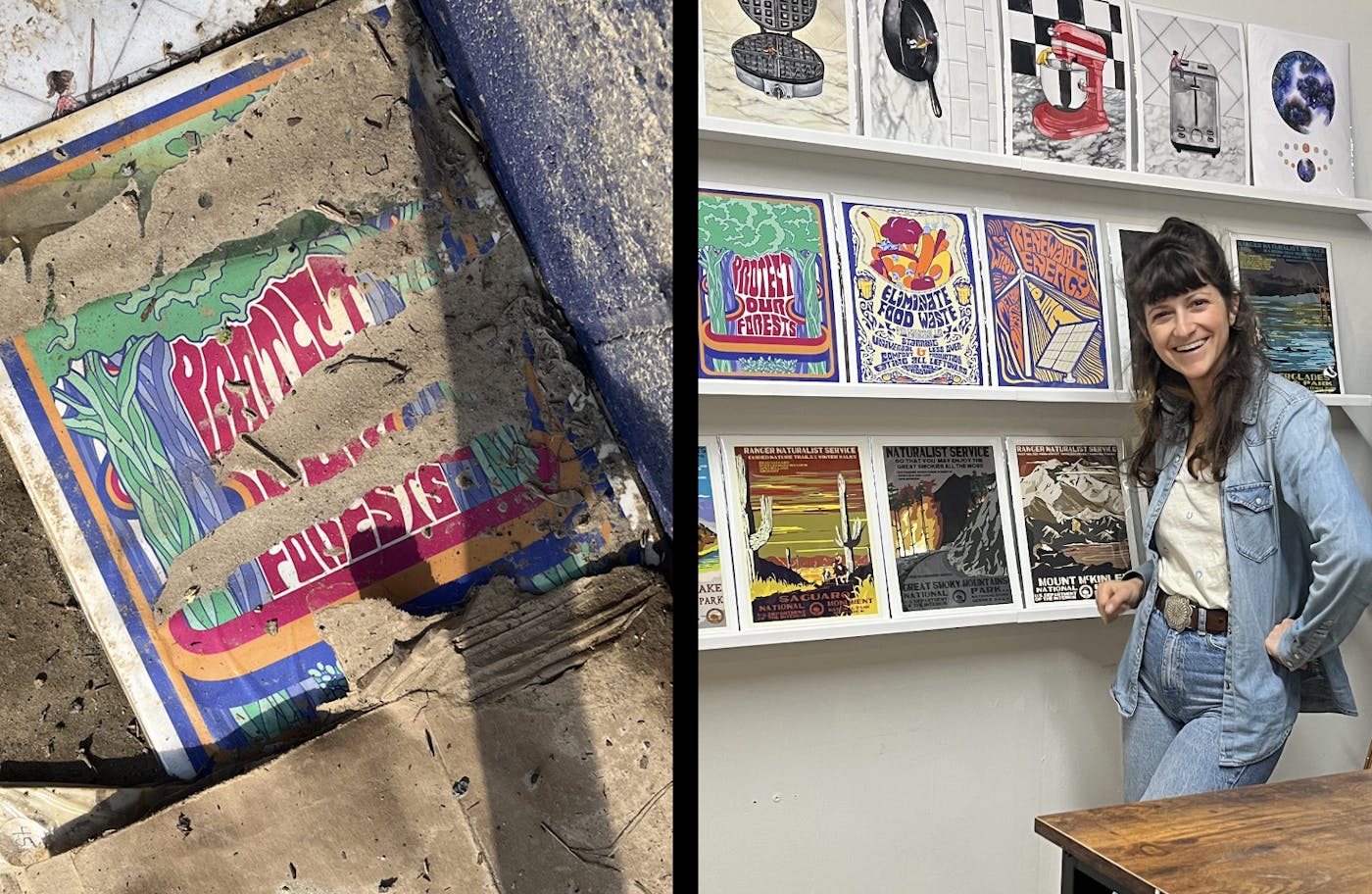
While the floodwaters thundered through innumerable small towns like bulls through the streets of Pamplona, I was blissfully unaware of all the loss. On Friday morning, I woke up, checked the house for damage, and only finding the power out, set about my morning routine. As I looked out the kitchen window while making breakfast, I heard a time-bending crack and saw a large pine plummet toward me, its branches kissing the front door as it narrowly missed crushing the house. Shortly after, another tree fell atop her downed comrade.
I responded to a few texts asking if I was OK and then went to assess the outside world. The street was crisscrossed with fallen trees, power lines decorating the ground like discarded birthday streamers. I started to make my way around the neighborhood, vaulting over logs and going into neighbor’s yards when the pavement was impassable. The next time I looked at my phone, it had no service. I wondered how my art studio was. I knew the building was close to the river but hoped it was far enough away to escape serious damage. Without cell service and with all roads blocked, I had no way to find out.
Slowly, news seeped in—surprisingly accurate despite the widespread lack of service. I heard the whole city was without power, water, or service. (True.) I heard that our part of town, which was lucky enough to still have running water under a boil-water advisory, would soon lose it. (It did.) I heard Biltmore Village was in ruins. (It was.) I heard Swannanoa was swept away. (Tragically correct.) I heard the whole arts district, home to my studio, was underwater. It was hard to wrap my head around. I didn’t want to believe it.
After two and a half days, volunteers cut a narrow, yet passable, path out of the neighborhood. After three days, I ran out of fuel from my backpacking supplies and could no longer boil water. Friends in a nearby area told me they had power and (unfathomably) potable water, while a cousin in Charlotte offered her extra room. I packed up my car, unsure whether I’d actually leave, and first tried to get to my studio. The roads were blocked. So I turned around and drove down the mud-streaked streets, underneath dark traffic lights that dangled in the air like forgotten ephemera, to my friends’ house. On their side of town, things felt shockingly normal. I got to their house, and finally, somewhere “safe,” I cried.
The next day, I left for my cousin’s place. I felt guilty, like I was abandoning my home in its most terrible time of need. But by leaving, I was also one less person taking up limited water resources and adding to long lines for food, gas, and ATMs. I would also be able to buy and send supplies and figure out how to help when I returned on weekends.
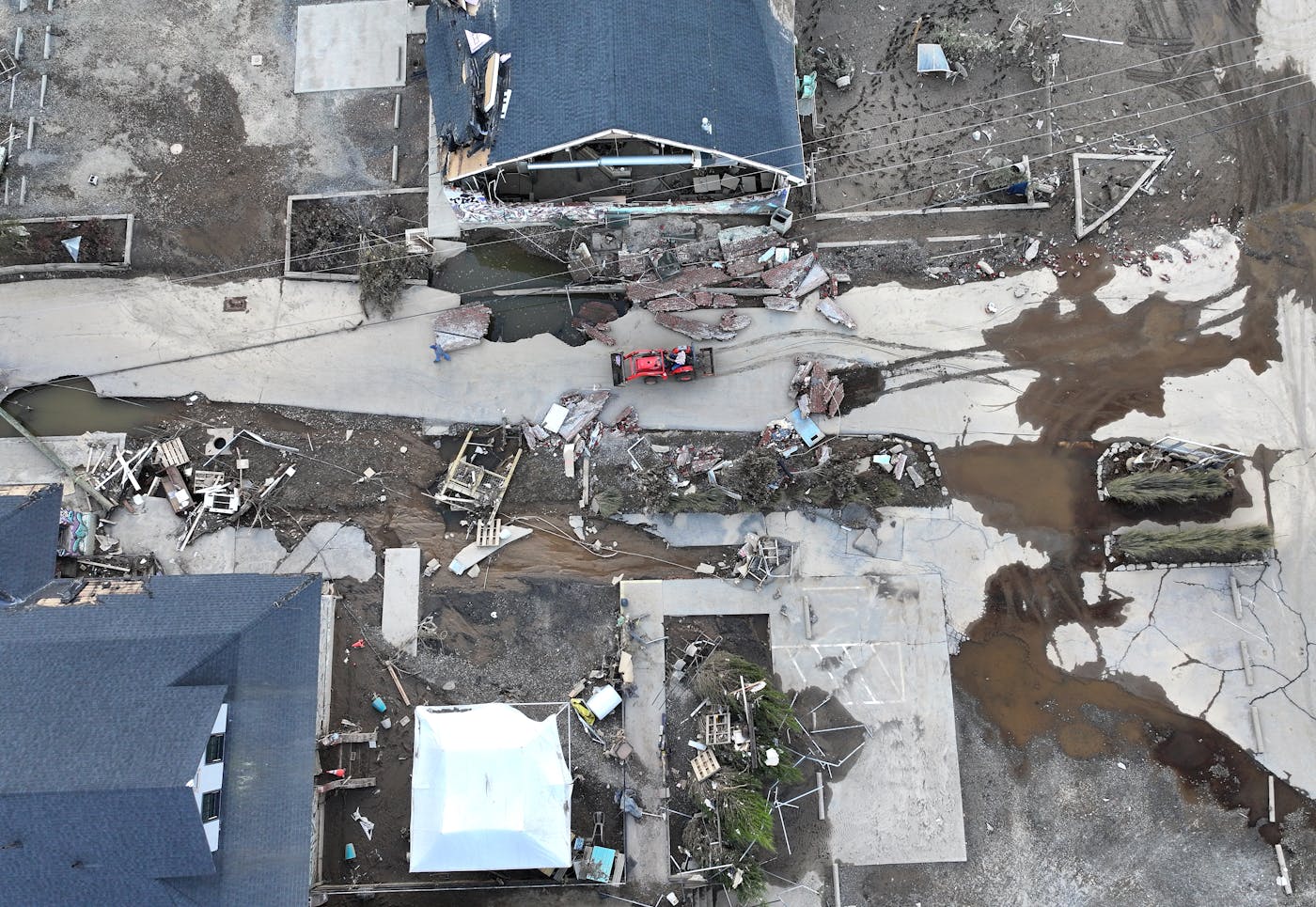
Being outside the disaster zone has felt difficult because it’s so easy. I cried twice in the grocery store at the sight of people walking around as if things were normal. As if what happened in Asheville couldn’t happen to their home.
Foundation Studios is now raising money to help rebuild. But I’m worried Asheville’s community of artists will have a hard time recovering. This past weekend, I went to see the studio, now a jagged and unrecognizable landscape of upturned furniture, broken wood, and thick muck. My creative home, supplies, and all the artwork in my studio were gone. The irony was not lost on me that my work was devastated by the same issue it fights against.
All this destruction has left me reeling. It has also left me angry and exasperated. Why do we continually fail to act? What do we need to wake up?
Change is hard. Change is scary. Change can be expensive. But the cost of staying the course is greater. We may not pay for a failure to act tomorrow, but we will pay. In the deafening costs of disaster cleanup. In the huge expense of rebuilding. In land and water rendered toxic by escaped industrial waste. In grief. In lost homes. In lost lives.
The climate crisis is the ultimate existential problem, one that will make other issues, from inequality to migration, worse—and it’s something we can work on right now. We have many of the solutions we need. We need to demand our leaders prioritize them above all else. We shouldn’t wait. We can’t afford to.
